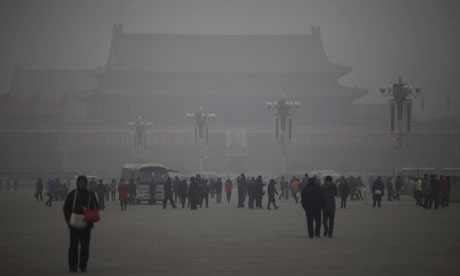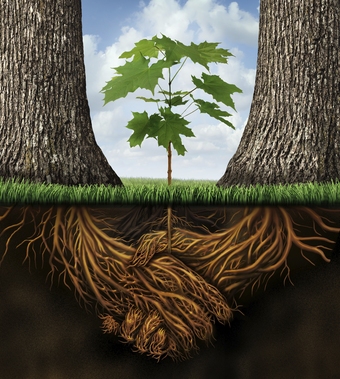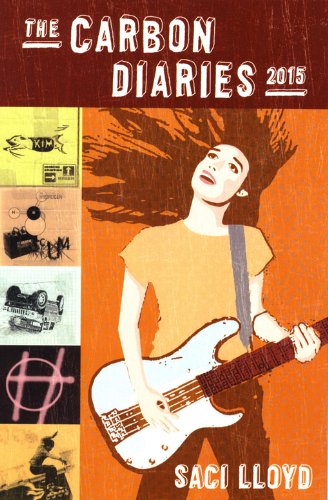Mutually Assured Survival
By Amy Larkin and Siddhartha Velandy
This post was originally published on the Huffington Post on January 10th, 2014 and co-authored by Siddhartha Velandy, a Major in United States Marine Corps Reserve and author of The Green Arms Race: Reorienting the Discussion on Climate Change, Energy Policy, and National Security, 3 HARV. NAT’L SEC. J. 309 (2012). The views expressed here are his own.
It’s official. Climate change has opened a new frontier. Defense Secretary Chuck Hagel recently announced the Pentagon’s first ever “Arctic Strategy,” which is designed to protect American security interests as rising global temperatures melt polar ice. He noted that climate change is “transforming what was a frozen desert into an evolving navigable ocean.” This increased access will heighten tensions in the region as nations compete for newly-accessible natural resources and trade routes.
We are creatures from different ends of our nation’s cultural spectrum — one from the military and one from Greenpeace. Even so, we share a vision for the United States in order to safeguard our environment and best provide for the future security of the nation. We call it Mutually Assured Survival, and we are encouraged that Secretary Hagel asserts his intention to address the long term in his short-term Pentagon decision-making. But he did not mention the most important piece of a long-term strategy — the R&D funding necessary to eliminate American dependence on oil — not just fossil fuels from foreign sources. This will prevent the need to engage in conflict in the Arctic (and elsewhere) as well as help prevent runaway climate chaos.
Responding to this threat requires decisive action and consistent funding. Melting ice caps and the corresponding rise in sea levels will increase global










